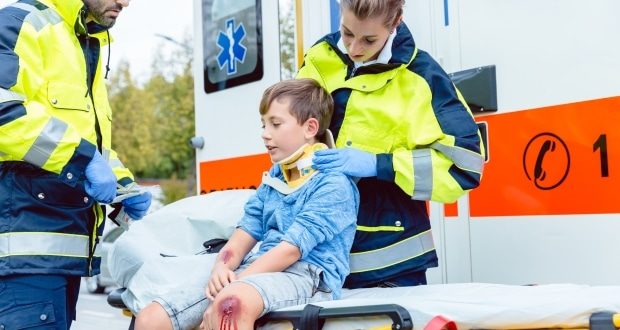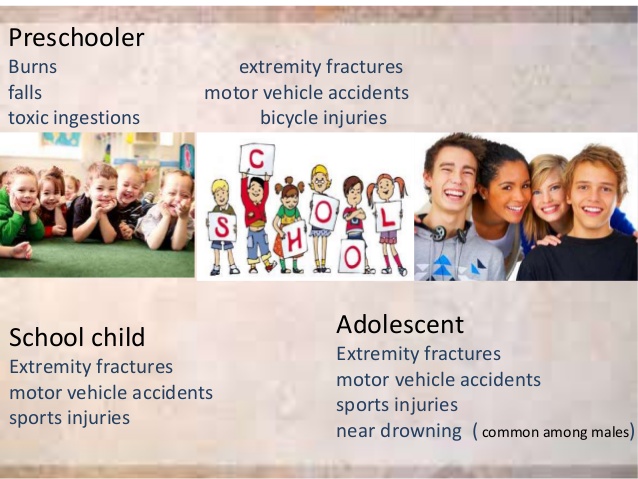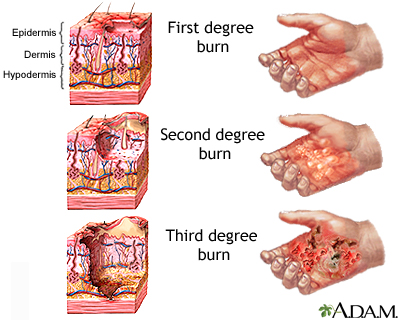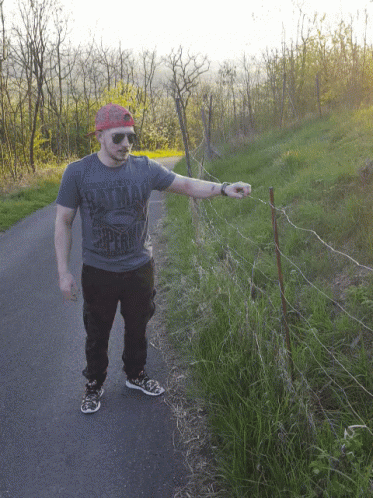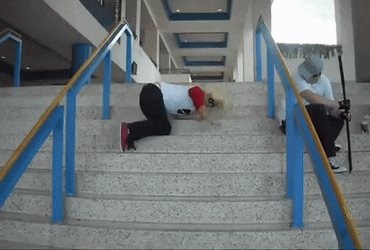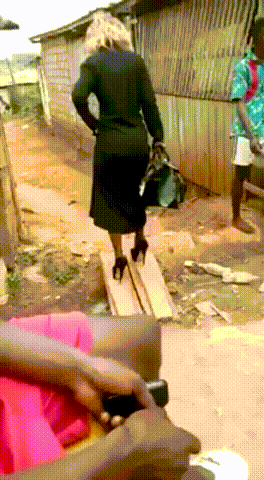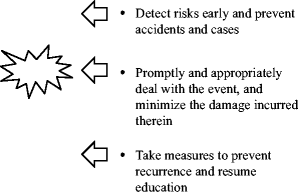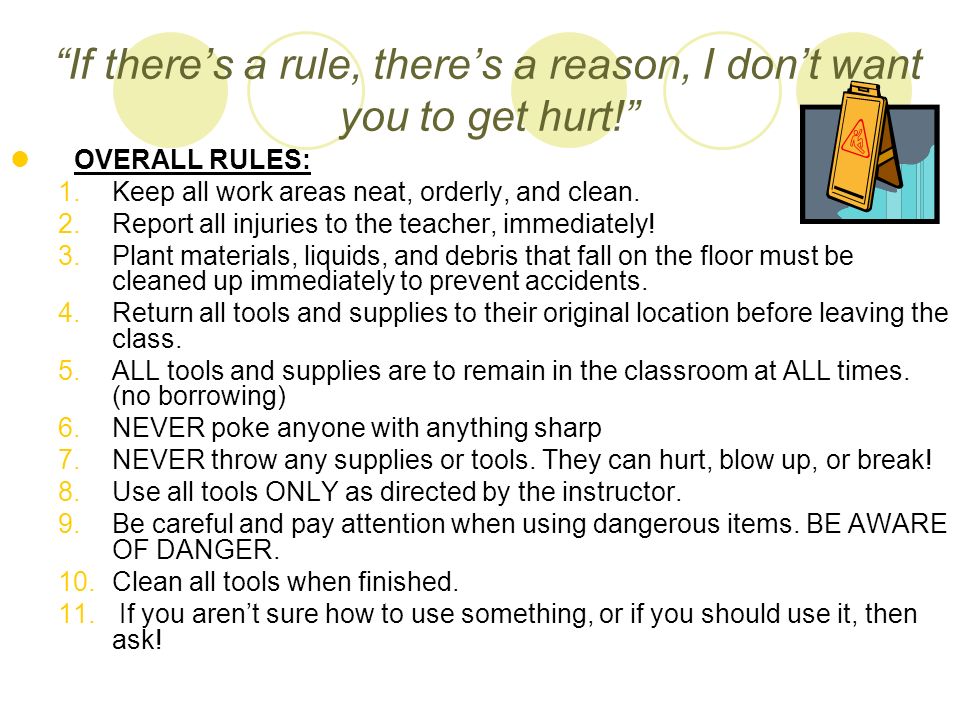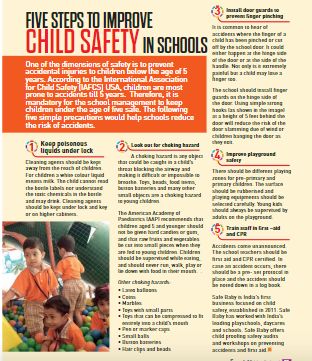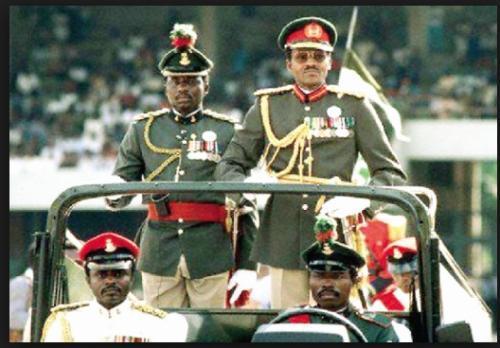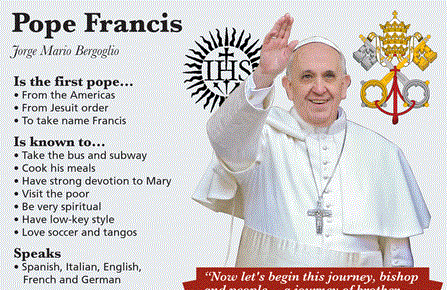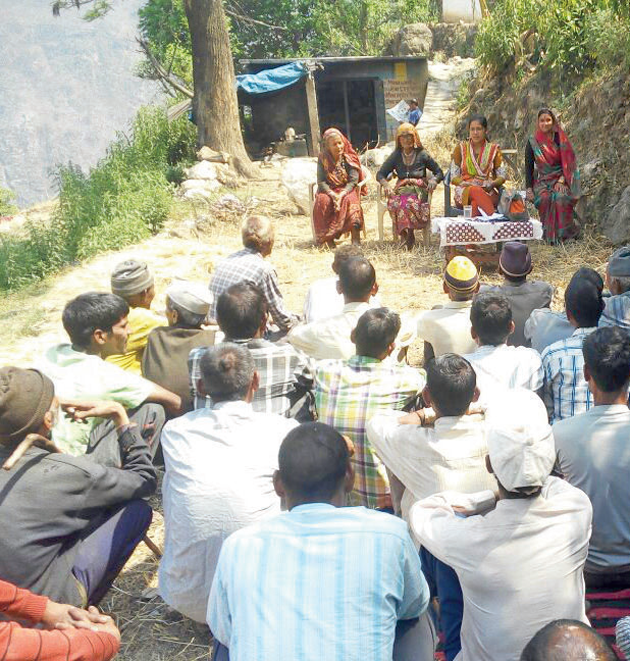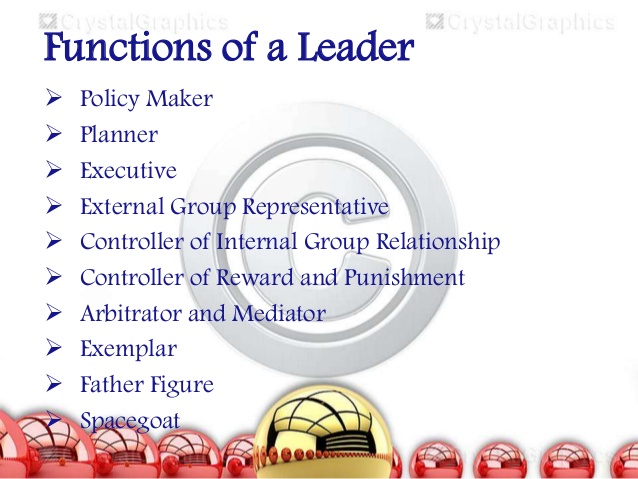WEEK 10
Posted: Thu Jun 18, 2015 5:38 pm
LESSON 20
TOPIC: Members Of The School Community
CONTENT:
(a)Members of school community e.g. head teachers, teachers, children, cleaners, etc.
(b) Duties of school community members- obedience, respect for leaders, loyalty, cooperation, discipline, honesty, responsibility, etc.
(c)Ways of encouraging members of the school community to perform their duties more effectively e.g. service, appreciation, rewards, etc.
Members of school community
A school is a group of people that engage in teaching learning process. They include:
1. Administrative staff
2. Teaching staff
3. Non- Teaching staff
4. Parents
5. Students
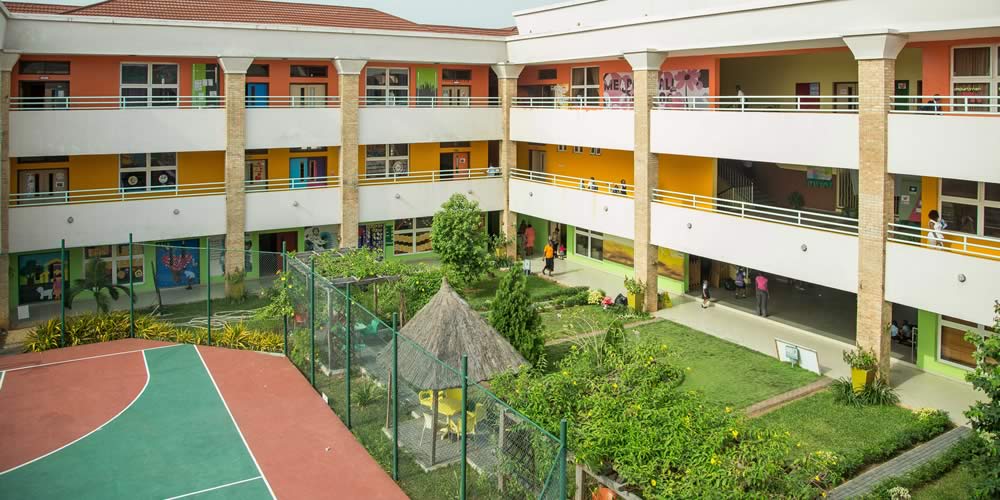
Administrative staff
The administrative staff consists of those staff that formulates and execute programme of the school. At the primary level, we have:
i. The Head Teacher
ii. Assistant Head Teacher
iii. Bursar
iv. Counsellor

At the secondary level, we have the following:
i. The Principal
ii. The Vice- Principal (s)
iii. Heads of Departments
iv. Year Tutors
v. The Counsellors
2. The Teaching staff
These are members of staff that teach the students in the school.

3. Non- Teaching staff
The non- teaching staff in the school includes the typist, Secretary, Bursar, Office Assistants, Gateman, Cleaners, Caterers, etc.
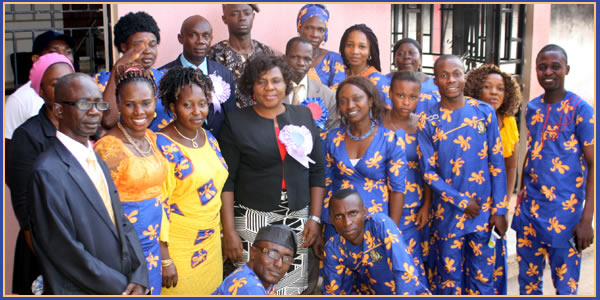
4. Students
Students form the largest part of the school. The students are in different classes.
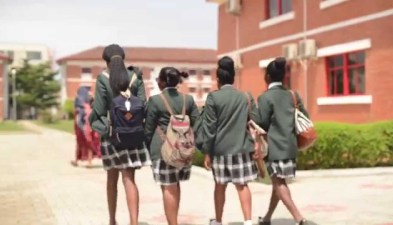
Duties of School Community Members
For school community to achieve its common goal, all members should performs the following roles:
1. Obedience: All members must obey the rules and regulations of the school.
2. Respect for leader: Members should obey their leaders at different stratum of school organogram, for instance, the students must respect the class teachers.
3. Loyalty: Each member must be loyal to the school authority.
4. Co-operation: They must cooperate with one another in order to collectively achieve the goal of the community since a stick of broom cannot sweep the floor.
5. Discipline: Each member of the school haves elf control in his/her behaviour.

Ways of encouraging members of the school community to perform their duties more effectively.
1. Appreciation: member (s) of school community that effectively perform their duties must be appreciated by the superior officer(s) verbally or through a letter of commendation.
2. Rewards: Members that play their roles effectively should be rewarded in form of cash, gift, promotion, etc.
3. Sanction: Members who are ineffective and disobedient should be punished so as to discourage others from emulating them.
4. Government Role: Government or Proprietor/Proprietress should provide necessary amenities so as to ensure a conducive environment for members to perform their duties.
5. Parents Role: The Parents should complement the efforts of school staff and students
6. Remuneration: Members of the school community that are on pay roll should be encouraged through proper remuneration in form of good salary, welfare package, provision of care services, etc.
Evaluation:
1. Name four members of the school community
2. List five duties of some members of the school community.
3. Explain four ways by which members of the school community could be encouraged to perform their duties.
READING ASSIGNMENT:
Read chapter 8 of Solakat Social studies for Junior Secondary School Volume two by A. Oluwasola Oyewole pages 31-33
ASSIGNMENT
OBJECTIVE QUESTIONS:
1. ………… staff consists of those staff that formulates and execute programme of the school. a. Administrative staff b. Teaching staff c Non- Teaching staff.
2. One out of the following is not at the primary level of administration a. Bursar b. Principal c. Counsellor.
3. For school community to achieve its common goal, all members should performs the following roles except one a. Disobedient b. Loyalty c. Discipline.
4.Members of the school community that are on pay roll should be encouraged through proper ……………….. in form of good salary, welfare package, provision of care services, etc. a. Appreciation b. Remunerationc. Sanction.
5. One out of the following is notways of encouraging members of the school community to perform their duties more effectively a. Appreciation b. Rebuke c. Sanction.
THEORY:
1. Name four members of the school community
2. List five duties of some members of the school community.
3. Explain four ways by which members of the school community could be encouraged to perform their duties.
TOPIC: Members Of The School Community
CONTENT:
(a)Members of school community e.g. head teachers, teachers, children, cleaners, etc.
(b) Duties of school community members- obedience, respect for leaders, loyalty, cooperation, discipline, honesty, responsibility, etc.
(c)Ways of encouraging members of the school community to perform their duties more effectively e.g. service, appreciation, rewards, etc.
Members of school community
A school is a group of people that engage in teaching learning process. They include:
1. Administrative staff
2. Teaching staff
3. Non- Teaching staff
4. Parents
5. Students

Administrative staff
The administrative staff consists of those staff that formulates and execute programme of the school. At the primary level, we have:
i. The Head Teacher
ii. Assistant Head Teacher
iii. Bursar
iv. Counsellor

At the secondary level, we have the following:
i. The Principal
ii. The Vice- Principal (s)
iii. Heads of Departments
iv. Year Tutors
v. The Counsellors
2. The Teaching staff
These are members of staff that teach the students in the school.

3. Non- Teaching staff
The non- teaching staff in the school includes the typist, Secretary, Bursar, Office Assistants, Gateman, Cleaners, Caterers, etc.

4. Students
Students form the largest part of the school. The students are in different classes.

Duties of School Community Members
For school community to achieve its common goal, all members should performs the following roles:
1. Obedience: All members must obey the rules and regulations of the school.
2. Respect for leader: Members should obey their leaders at different stratum of school organogram, for instance, the students must respect the class teachers.
3. Loyalty: Each member must be loyal to the school authority.
4. Co-operation: They must cooperate with one another in order to collectively achieve the goal of the community since a stick of broom cannot sweep the floor.
5. Discipline: Each member of the school haves elf control in his/her behaviour.

Ways of encouraging members of the school community to perform their duties more effectively.
1. Appreciation: member (s) of school community that effectively perform their duties must be appreciated by the superior officer(s) verbally or through a letter of commendation.
2. Rewards: Members that play their roles effectively should be rewarded in form of cash, gift, promotion, etc.
3. Sanction: Members who are ineffective and disobedient should be punished so as to discourage others from emulating them.
4. Government Role: Government or Proprietor/Proprietress should provide necessary amenities so as to ensure a conducive environment for members to perform their duties.
5. Parents Role: The Parents should complement the efforts of school staff and students
6. Remuneration: Members of the school community that are on pay roll should be encouraged through proper remuneration in form of good salary, welfare package, provision of care services, etc.
Evaluation:
1. Name four members of the school community
2. List five duties of some members of the school community.
3. Explain four ways by which members of the school community could be encouraged to perform their duties.
READING ASSIGNMENT:
Read chapter 8 of Solakat Social studies for Junior Secondary School Volume two by A. Oluwasola Oyewole pages 31-33
ASSIGNMENT
OBJECTIVE QUESTIONS:
1. ………… staff consists of those staff that formulates and execute programme of the school. a. Administrative staff b. Teaching staff c Non- Teaching staff.
2. One out of the following is not at the primary level of administration a. Bursar b. Principal c. Counsellor.
3. For school community to achieve its common goal, all members should performs the following roles except one a. Disobedient b. Loyalty c. Discipline.
4.Members of the school community that are on pay roll should be encouraged through proper ……………….. in form of good salary, welfare package, provision of care services, etc. a. Appreciation b. Remunerationc. Sanction.
5. One out of the following is notways of encouraging members of the school community to perform their duties more effectively a. Appreciation b. Rebuke c. Sanction.
THEORY:
1. Name four members of the school community
2. List five duties of some members of the school community.
3. Explain four ways by which members of the school community could be encouraged to perform their duties.
